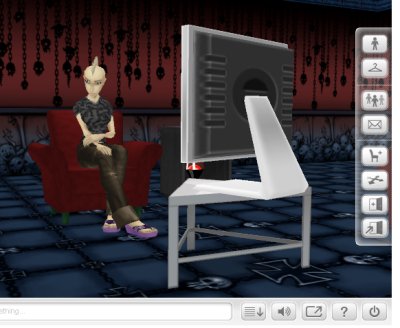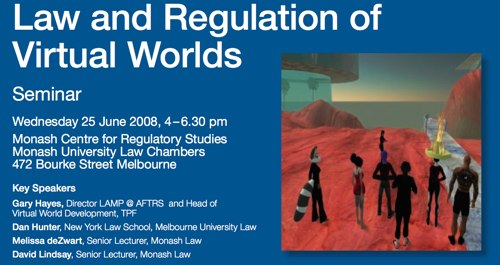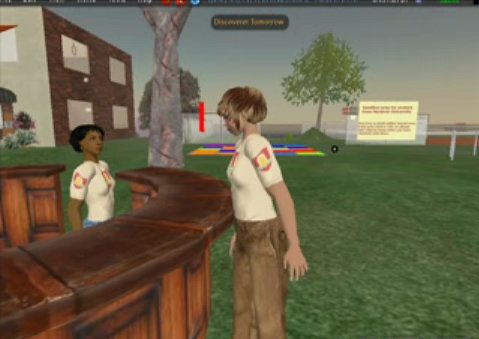I spend hours with my computer. It is my favorite tool. I spend time in and out of virtual worlds; I spend time on and off the Internet, surfing with my browser. I communicate, I work, I play. From the sheer amount of time spent with my machine during the day, according to some measures, it would be correct to say that I am addicted to the behaviour of using my computer. I do not, however, consider this to be an addiction.
Several people within my experience also spend a great deal of time with their computers. Interestingly, the particular people I am thinking of were also at one time thought to be drug addicts. Each of these people suffers from either a physical pain disorder, or from a chemical mental disorder. The drugs they take assist their functioning, above and beyond the side effects they cause. I do not consider any of these people to be addicts, either, with regards to drug use or computer use.
Why is this not addiction?
The most important signs of addiction, and indeed the ones that cry out for treatment, are loss of control regarding the addiction and destructive behaviors of and surrounding the addiction. Neither I nor my friends exhibit these signs in our computer usage nor drug usage; therefore, this behavior is not an addiction, by definition.
Why does it look like addiction?
One of the primary signs attributed to addictions of computer usage is time spent engaging in the behavior. This sign may help with the diagnosis of an addiction, but alone cannot be used to make the diagnosis.
Consider how many hours a day the average person spends at work. Perhaps eight hours all up, divided into an hour for lunch, a couple of hours for meetings and other communications, and the rest for the actual work they do. Then consider that person gets home (two hours for travel), eats (two hours for eating at home), and watches TV or reads (four hours). This accounts for sixteen hours of the day, roughly.
Imagine, then, if all of this could be accomplished from their computer at home. Suddenly, rather than seeing a person spending sixteen hours a day in mindless clicking, there is someone working, communicating, gathering news and information and finding entertainment using the same tool.
Another sign often taken alone and out of context is a lack of face-to-face communication on behalf of a person who uses computers.
There are many different scenarios in which face-to-face communication is not applicable, but for example, consider a person with a physical disability in which face-to-face communication is difficult to achieve. For someone with limited mobility or large amounts of pain, getting out of the house may range from impractical to impossible. Consider sufferers of social anxieties, or autistic folk, who are barely able to communicate face-to-face, but whom are liberated by the digital space.
Is quality of life being gained or lost?
Where there is a gain in quality of life which exceeds the downsides to the behavior, there is unlikely to be an addictive problem. With drugs for pain relief, it has been found that it’s very rare for folks who require the drug for pain relief to exhibit loss of control or destructive behaviors concerning the drug, even though they have a physical dependence on it. There may be withdrawal symptoms and side effects, but overall the quality of life increase for these folks. Being able to take care of themselves, their homes, their families, and having enjoyment in life far outweighs the problems in most cases.
Technology is enabling.
Can you imagine telling someone with no legs to forsake their wheelchair? How about someone with a pain disorder? Are you going to tell people with crippling mental disorders that they are not allowed to take drugs to normalize and enable them? Are you going to tell deaf people they can’t use Teletype in place of the telephone?
Each of these technological advances were radical in their time; some of them were seen as being destructive, to society or to the individual. It’s hard to imagine any of these people being denied their enabling technologies in today’s first world society (one hopes). I hope to live in a future where my enabling computer habits are accepted.
What harm is being done, to whom, if I take care of myself, my family, my house, my dog, my finances and my business, while still spending many hours a day at my desk at home?





Recent Comments